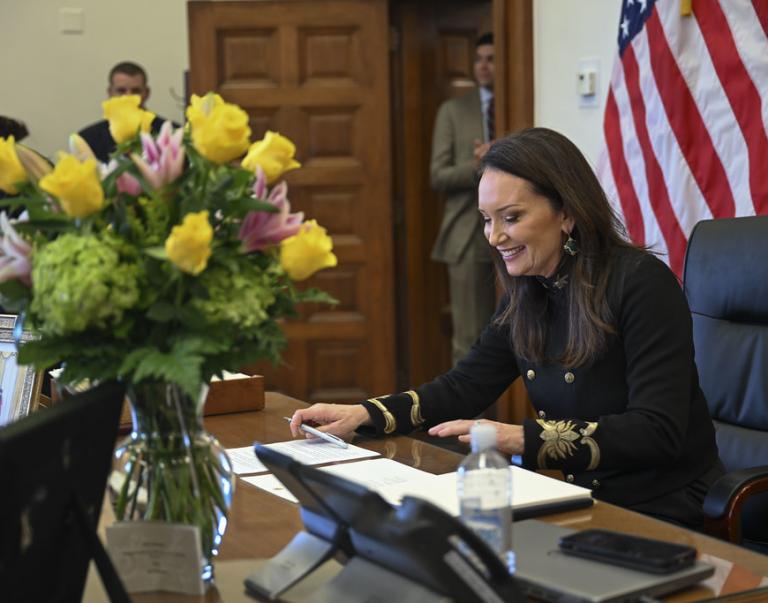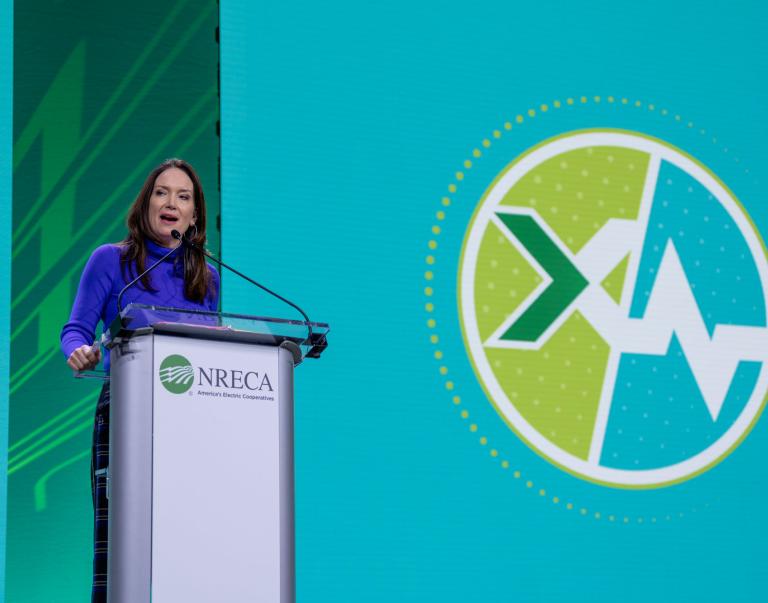WASHINGTON, June 14, 2023 — Agriculture Secretary Tom Vilsack and Secretary of the Interior Deb Haaland today issued a joint memo (PDF, 194 KB) to federal agency leaders with wildfire responsibilities outlining their vision and goals for managing wildland fires this year.
The memo’s release follows a recent briefing that President Biden held with cabinet officials and agency leaders on the nation’s preparedness for wildfires and the hurricane season, and comes on the heels of record wildfires in Canada that have caused dangerous levels of air pollution across the East. Last week, the Biden-Harris administration provided details on support for communities impacted by the Canada wildfires.
In addition to fire suppression investments from President Biden’s Investing in America agenda, the memo highlights other strategic priorities to reduce wildfire risk, restore ecosystems, engage in post-fire recovery, and make communities more resilient to fire.
The memo also references the National Cohesive Wildland Fire Management Strategy as a guide to working with partners to restore and maintain resilient landscapes and help communities become fire adapted. The recently updated cohesive strategy reinforces the need for cross-boundary collaboration to meet today’s wildland fire management challenges, including climate change; workforce capacity; health and wellbeing; community resilience; and diversity, equity, inclusion and environmental justice.
“Wildland firefighters perform physically demanding, rigorous and dangerous work that is essential to protect people and communities,” said Agriculture Secretary Tom Vilsack. “We need to better support our firefighters and that’s why President Biden has proposed long-term reforms that will provide permanent pay increases, better housing, better mental and physical health resources, and better work-life balance.”
“Climate change is driving a devastating intersection of extreme heat, drought and wildland fire danger across the United States, creating wildfires that move with a speed and intensity unlike anything we have ever seen. I know firsthand the impact this is having across the West,” said Secretary of the Interior Deb Haaland. “We must use every opportunity provided by President Biden’s Investing in America agenda to support the wildland firefighters who put their lives on the line to keep communities safe.”
USDA and the Interior Department aim to have more than 17,000 wildland firefighters on board by the end of this year to help support communities increasingly impacted by wildfires. Air resources, heavy equipment and other support personnel also are ready to respond as wildfire activity increases. The President’s fiscal year 2024 budget and accompanying legislative proposal (PDF, 384 KB) would enable the departments to provide the country’s federal wildland fire workforce with improved and well-deserved benefits.
As of the most recent pay period, more than 14,000 Forest Service and 5,000 Interior Department wildland firefighters have received a total of more than $381 million in temporary pay supplements provided by President Biden’s Bipartisan Infrastructure Law. Firefighters face a pay cliff if Congress doesn’t implement a permanent pay increase soon as the remainder of these funds will run out around September 30. Without congressional action, in fiscal year 2024, firefighters’ base salaries will return to their previous levels, in some cases only $15 per hour.
The Administration remains committed to working with Congress to implement the workforce reforms proposed in the FY 2024 President’s Budget and accompanying legislative proposal. These reforms build on the temporary pay increases in the Bipartisan Infrastructure Law by authorizing and funding permanent pay reforms, increasing the number of permanent firefighters, providing mental and physical health support, and expanding housing options.
Historic investments from the President’s Bipartisan Infrastructure Law and Inflation Reduction Act have expanded efforts to reduce wildfire risk, including increased hazardous fuels treatments, post-wildfire restoration, and funding for wildland fire science. Both Departments have made substantial progress toward completing fuels treatments on 6.1 million acres this year.
Last year, nearly 69,000 wildfires burned more than 7.5 million acres across the United States with many acres burning at high severity. Like many recent fire years, the reported number of wildfires nationwide was higher than the ten-year average, up by more than 10,000 fires from 2021. These fires have overwhelming impacts on the American people — many were displaced, homes were destroyed, and lives were lost.
USDA touches the lives of all Americans each day in so many positive ways. In the Biden-Harris Administration, USDA is transforming America’s food system with a greater focus on more resilient local and regional food production, fairer markets for all producers, ensuring access to safe, healthy, and nutritious food in all communities, building new markets and streams of income for farmers and producers using climate smart food and forestry practices, making historic investments in infrastructure and clean energy capabilities in rural America, and committing to equity across the Department by removing systemic barriers and building a workforce more representative of America. To learn more, visit www.usda.gov.
#
USDA is an equal opportunity provider, employer, and lender.




